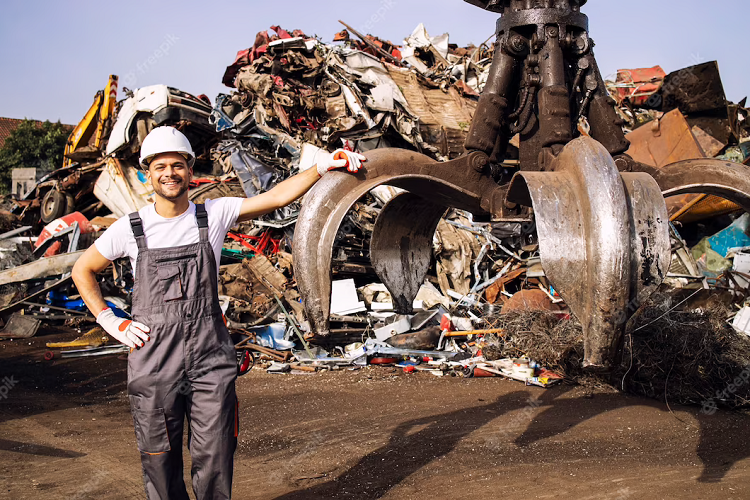Did you know that recycling scrap metal is one of the best ways to help the environment? When we recycle metals like aluminum, steel, copper, and brass, we can reduce harmful greenhouse gas emissions, save energy, and protect our natural resources. And you know who the real heroes are in this working process? The scrap metal recycling facilities.
These amazing places collect, sort, and process all sorts of metals to keep them out of landfills and put them back into use. Want to learn more about how they work and why they’re so important? Let’s take a closer look!
The Collection Process: A Treasure Hunt for Metals
Scrap metal recycling facilities collect various metal items, from old cars and appliances to industrial machinery and construction materials. To find these treasures, they work with a network of scrap collectors and demolition companies that collect and sort metals from different sources.
The Sorting Process: Separating the Valuable from the Worthless
Once the metals are collected, they are sorted into different categories based on their composition, weight, and purity. This is done using various tools and machines, such as magnets, shredders, and conveyors. The goal of the sorting process is to separate the valuable metals from the worthless ones and prepare them for processing.
The Processing Process: Turning Scrap into Raw Materials
After sorting, the metals are processed to remove impurities, such as paint, plastics, and other non-metallic materials. This is done using techniques such as melting, shredding, and crushing. Once the impurities are removed, the metals are shaped into raw materials, such as bars, sheets, and ingots, that can be used in the production of new products.
The Benefits: Saving the Environment and the Economy
Scrap metal recycling facilities provide numerous benefits, both to the environment and the economy. Here are some of the most significant advantages:
Conservation of natural resources:
By recycling metals, we can reduce the need for mining and extraction of new materials, thus conserving natural resources and reducing the environmental impact of these activities.
Energy conservation:
Recycling metals requires much less energy than producing new metals from raw materials. This means that we can save energy and reduce greenhouse gas emissions by recycling metals.
Economic benefits:
Scrap metal recycling facilities generate jobs and revenue for local communities. They also provide a cost-effective source of raw materials for various industries, such as automotive, construction, and manufacturing.
Take Away
Scrap metal recycling facilities are like the superheroes of the waste management world, fighting against waste and pollution to save the planet. They’re the unsung heroes who work tirelessly to collect, sort, and process scrap metals so that they can be turned into shiny, new products.
Not only do these facilities help to reduce waste and conserve natural resources, but they also provide economic benefits to local communities. They create jobs, generate revenue, and support local businesses, all while helping to make the world a cleaner and greener place.
So, the next time you see some scrap metal lying around, remember that it’s not just junk. It’s a valuable resource that can be recycled and turned into something new. And by supporting your local scrap metal recycling facility, you’re not just helping the environment, you’re also supporting your community.




